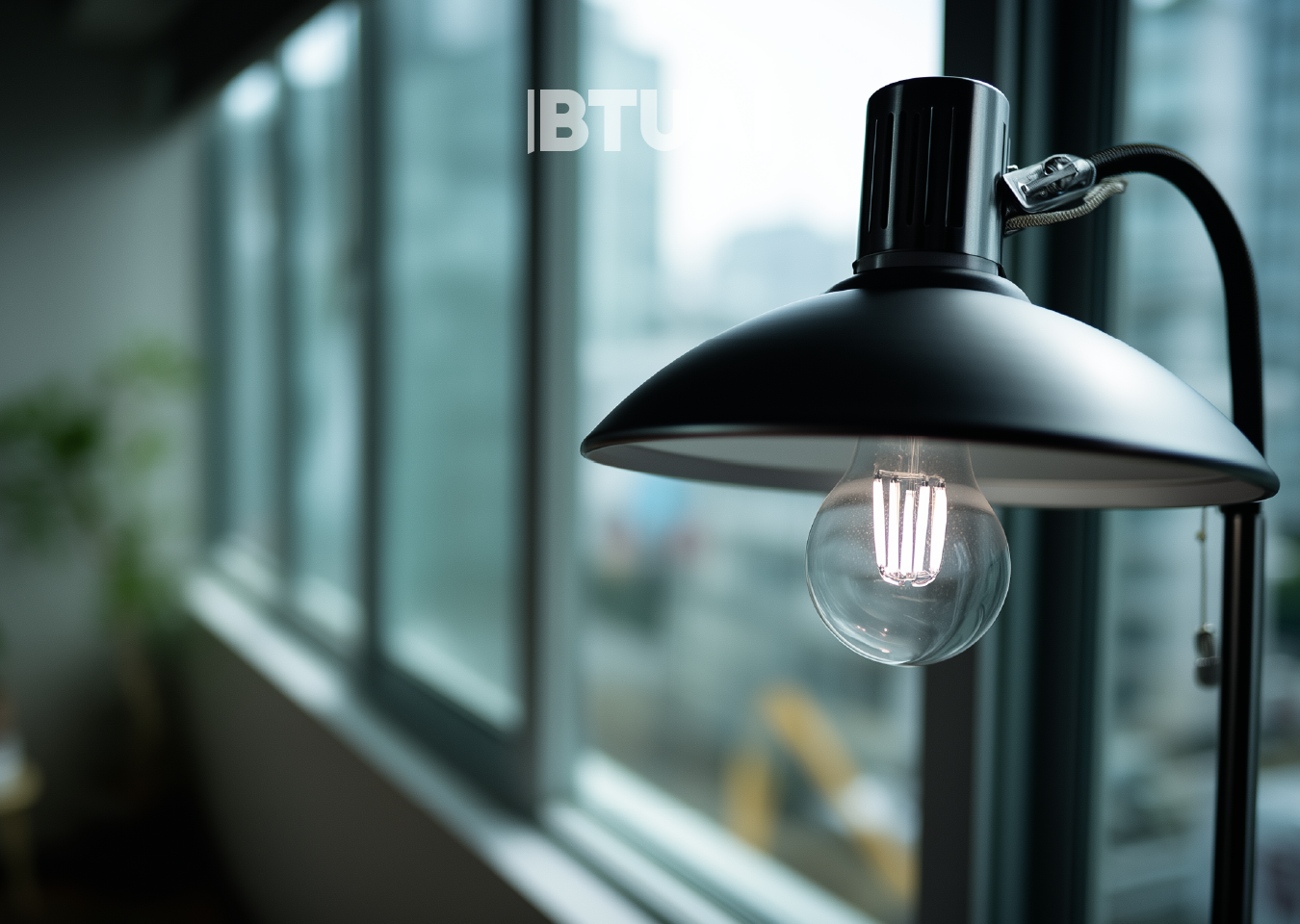How to Save Electricity at Home Using Technology – The Potential of Smart Devices
Saving energy is no longer just about turning off the lights when leaving the room. Modern smart technologies allow

Saving energy is no longer just about turning off the lights when leaving the room. Modern smart technologies allow us to automatically control home energy consumption through pre-set algorithms and behavior-based personalization. Below are several key smart devices that are already available and can significantly improve energy efficiency.
Smart Thermostats – One of the most effective devices for reducing heating and cooling costs. These thermostats can learn a family’s daily routine and adjust the temperature accordingly. For example, the Nest Learning Thermostat automatically lowers the temperature at night or when you’re away from home, reducing heating costs by an average of 10–15% annually. The main advantage is usage optimization and remote control via mobile apps. However, the initial cost of such devices can be high, and full effectiveness is achieved only when properly integrated with existing heating systems.
Smart Lighting – These systems use motion sensors to automatically turn lights on and off, making them especially useful in hallways, bathrooms, and children’s rooms. Philips Hue bulbs, for instance, can even be controlled through voice assistants. Their dimming function offers additional energy savings, and the use of LED technology further reduces consumption. The downside is the relatively high price of high-quality systems, which may not be affordable for all users at once.
Smart Plugs and Energy Monitoring Devices – These devices allow users to see how much energy each appliance consumes. With this information, you can identify, for example, that an old washing machine is using excessive electricity and may be worth replacing. Products like TP-Link Kasa include mobile apps and scheduling features. A limitation is that they typically monitor individual appliances, so full-home control requires multiple units.
Smart Timers – Particularly useful for high-energy-use devices like electric heaters, ovens, and water boilers. Timers allow you to schedule usage only when necessary—e.g., turning the heater on at 6 a.m. and off at 8 a.m. This prevents wasteful energy use overnight or during the day. The main drawback is limited compatibility with some appliances and the need for manual setup in certain cases.
In Georgia, the adoption of smart devices is still in its early stages, though interest is growing. Smart bulbs, timed plugs, and mobile-controlled heaters are becoming increasingly popular in Tbilisi and other major cities. The key advantage for the local market is that many energy-efficient technologies are now available within a reasonable budget and require little technical knowledge to use. Consumers can monitor and reduce their energy expenses with ease—especially as electricity tariffs continue to rise. However, the main disadvantages are the limited variety of products available locally, high upfront costs, and a lack of specialized technical support. Many devices must be imported, and users are often left to figure out installation and setup on their own, which can be confusing for non-experts. Despite these challenges, smart technologies are already yielding tangible savings and their broader adoption in Georgia is likely just a matter of time.




